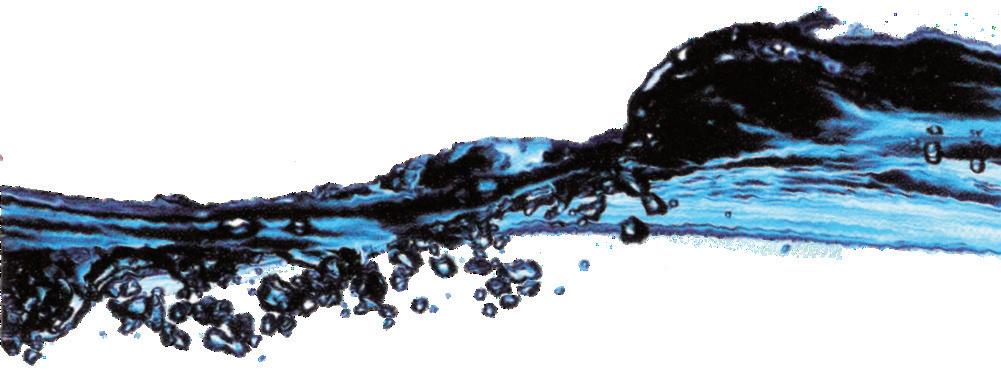
1 minute read
Microbiological safety of your water
The subject of water quality is widely discussed and certainly becomes a topic of interest to new Hill Country residents who may have relocated from a more urban setting and find themselves faced with water problems.
Paramount among these issues is ensuring that your water supply is free of bacterial contamination and therefore safe to drink. The most common type of bacteria found in untreated household water supplies is coliform. Ingesting this type of bacteria typically causes varying levels of stomach upset and intestinal issues.
If you pay a water bill each month, you can typically rest assured that the water is being disinfected with chlorine, or chloramines, before being distributed to your neighborhood. However, if your household water is supplied by a rain water system, or a privately owned well on your property, it is very important to be aware of the microbiological safety of your water. Without outside interference, it is fairly uncommon for water pumped directly from a conventional water well to be contaminated with bacteria. Examples of outside sources of contamination can include animal enclosures or septic drain fields in close proximity to the wellhead. One common cause for bacterial contamination in household supplies is often a large storage tank which is filled by the well or by a rain water collection system. As beneficial as these storage
by Randy Lawrence
tanks are, this water is unavoidably exposed to the possibility of contamination, making it necessary to consider adding a disinfection step to your home water treatment system.
Compared with the maintenance hassles associated with adding chemicals to your water, ultraviolet disinfection is a much more user friendly method of sterilizing your water supply. These wall mounted units are most effectively placed as the last step of treatment in your system. This way the water is already filtered or treated for minerals before entering the UV unit, which helps to minimize ongoing maintenance. UV bulbs should be changed once per year to maintain maximum effectiveness. Contact a licensed water treatment specialist if you have concerns about water quality.
“When










